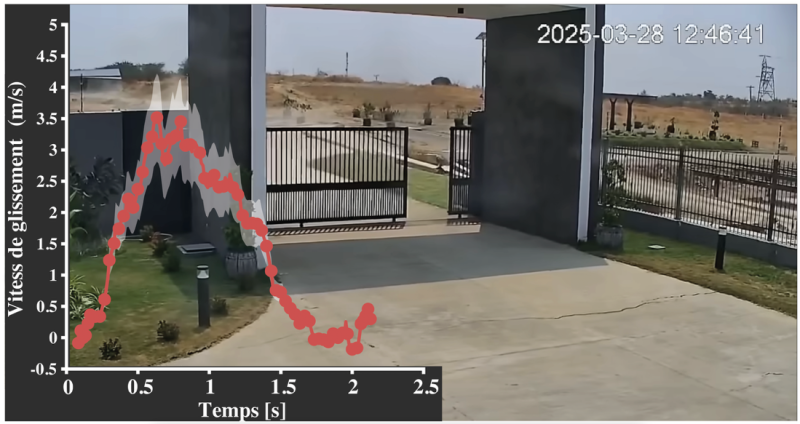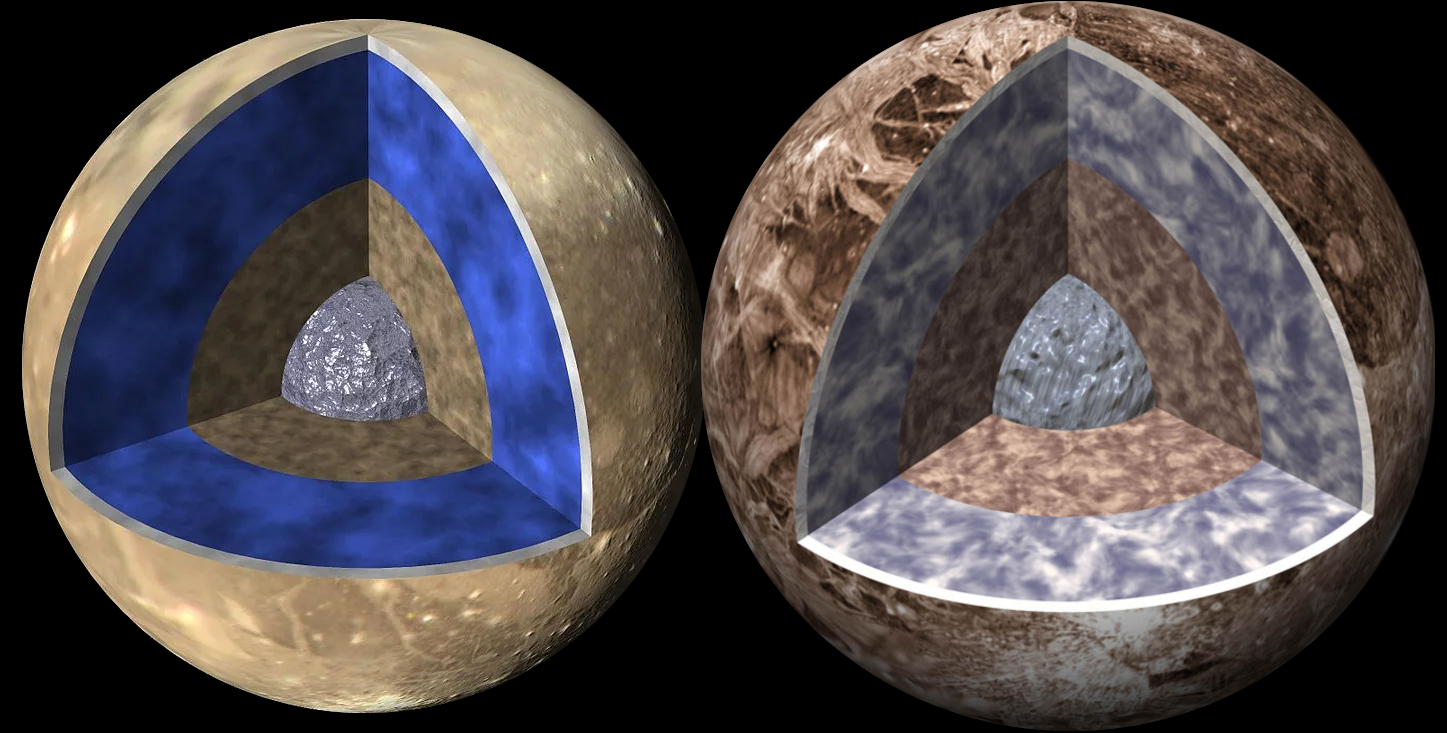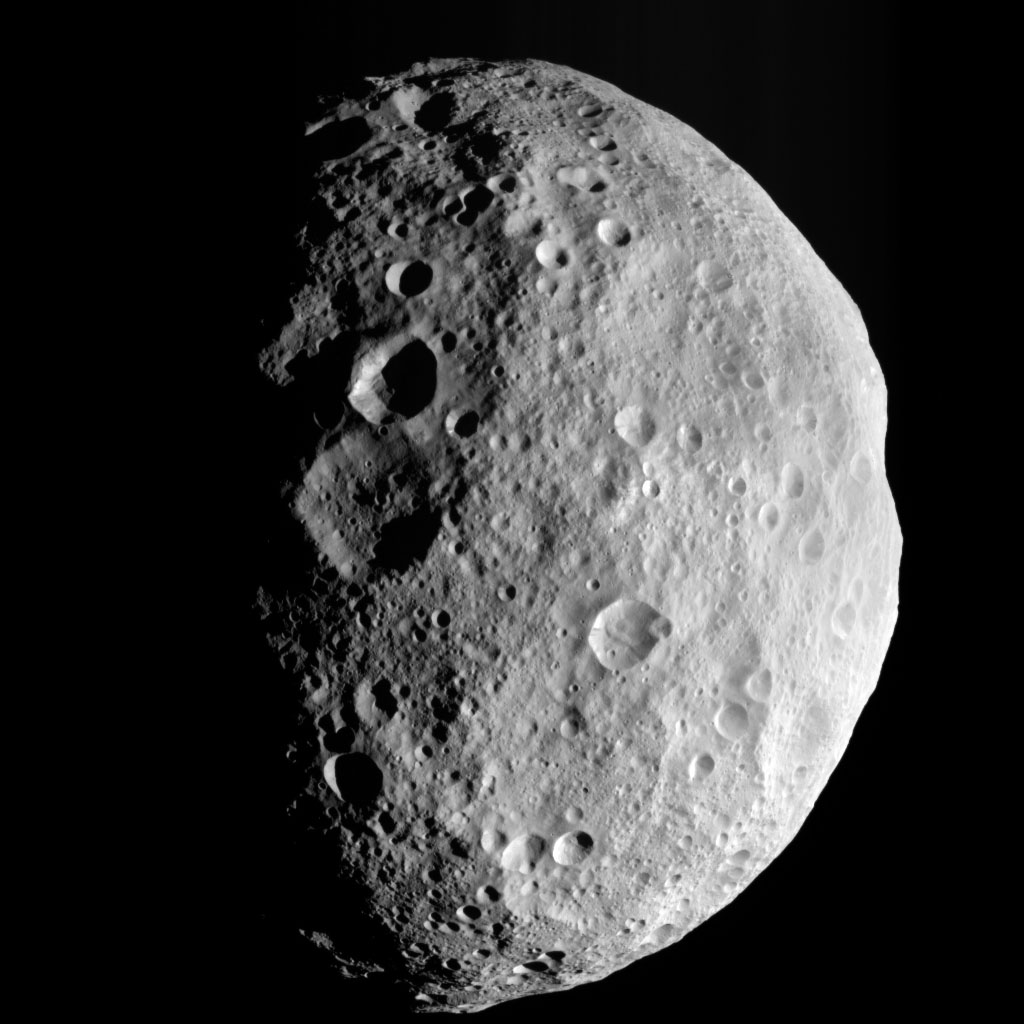Leader : Ghylaine Quitté
Deputy : Micha Bystricky
The formation and evolution of silicate bodies in the solar system are at the center of our scientific questions, from asteroids to planets and their satellites, including the Earth and the Moon. Our tools are those of physics and chemistry: thermodynamics and rheology, fluid dynamics, wave propagation and transport, geochemistry and petrology. They include experimental aspects: in laboratory at high temperature, high pressure, but also numerical with the modeling of fluid flows, mineral structure, propagation and diffusion of elastic waves in complex media. Observation is another, through the deployment of seismological sensors and permanent networks. This resolutely trans-disciplinary approach aims at crossing different points of view to take a new look at geophysical and planetary objects.
Research topics
- Earth, Moon and Mars (InSight) Seismology
- Formation and evolution of solar system small bodies
- High pressure Physics : mineralogy, rheology, elasticity of the Earth and Mars mantle (InSight)
- Rocks weathering (Venus, small bodies)
An experimental planetary sciences lab,
two observation services
- Experimental Planetary Siences Lab
- French Accelerometric Network (RAP)
- Pyrenees Seismic Monitoring Network (RSSP)
Team members
- Frédéric Béjina, research scientist (CNRS)
- Sébastien Benahmed, research and development engineer (UPS)
- Micha Bystricky, assistant professor (UPS)
- Marie Calvet, assistant professor (CNAP)
- Sébastien Fabre, associate research scientist (Jean Jaurés University)
- Raphaël Garcia, chercheur associé (ISAE)
- Frank Grimaud, research and development technician (UPS)
- Soumaya Latour, assistant professor (UPS)
- Jean Letort, assistant professor (CNAP)
- Matteo Loche, post-doctorant (UPS)
- Ludovic Margerin, research scientist (CNRS)
- Jules Marti, doctorant (UPS)
- Marc Monnereau, research scientist (CNRS)
- Pascal Munsch, research and development engineer (CNRS)
- Alain Pagès, research and development engineer (FSI)
- Hélène Pauchet, research and development engineer (CNRS)
- Giacomo Permunian, doctorant (UPS)
- Ghylaine Quitté, research scientist (CNRS)
- Matthieu Sylvander, assistant professor (CNAP)
- Mike Toplis, research scientist (CNRS)
Former members
- Caroline Bollinger, postdoctoral research fellow (2020-2023)
- Benoit Derode, postdoctoral research fellow (2020-2023), now researcher at ITES (Strasbourg)
- Alisson Gounon, PhD student (2019-2022), now environment officer at Cabinet ECTARE (Balma)
- Grégoire Heller, PhD student (2019-2021), now postdoc at CEA (Gif-sur-Yvette)
- Jessie Mayor, PhD student (2014-2016), now researcher at EDF R&D (Clamart)
- Adrien Néri, PhD student (2016-2019), now assistant professor at UMET (Lilles)
- Arnaud Proietti, PhD Student (2014-2016), now engineer at Centre Castaing (Toulouse)
- Henri Samuel, CNRS researcher at IRAP (2013-2017), now at IPGP (Paris)
PhD research
In progress @ DIP
- Giacomo Permunian (IRAP): Aqueous alteration processes in chondrites
supervision : Ghylaine Quitté
PhD
- Jules Marti (IRAP-ISAE): Structure des régolithes planétaires: approche sismologique et expérimentale(December 18 2024)
supervision : Ludovic Margerin (IRAP) et Naomi Murdoch (ISAE) - Matteo Loche (IRAP) : Water-Rock Interactions under Early Mars Conditions: Confronting Models and Experiments with Observations from MSL and Mars 2020 Missions (November 20 2024)
supervision : Sébastien Fabres (IRAP) et Agnès COUSIN-PILLERI (IRAP) - Neil Meunier-Mili (GET-IRAP) Etude pétrologique et microstructurale de Brachinites et comparaison avec des cumulats ultramafiques : processus magmatiques et déformation plastique dans les planétésimaux (October 5th 2023)
supervision Mary-Alyx Kaczmarek (GET) et Micha Bystricky (IRAP) - Sabrina Menina (IPGP) Atténuation des ondes sismiques dans lithosphère martienne à partir des données InSight-SEIS : séparation ets tratification des processus de diffusion et d’absorbtion (April 3rd 2023)
supervision Taichi Kawamura (IPGP) and Ludovic Margerin (IRAP) - Alisson Gounon : Modélisation expérimentale de l’initiation et la dynamique des ruptures sismiques des failles complexes (December 13 2022)
supervision : Soumaya Latour et Jean Letort - Marine Laporte Contribution à l’amélioration de l’estimation de la profondeur hypocentrale à partir de réseaux régionaux ou globaux (November 24th 2022)
supervision Laurent Bollinger (CEA) and Jean Letort (IRAP) - Grégoire Heller (IRAP-CEA-EDF): Vers une meilleure estimation de la magnitude des séismes à partir de la coda sismique (December 9th 2021)
supervision : Ludovic Margerin, Olivier Sèbe (CEA) et Jessie Mayor (EDF) - Nicolas Compaire (ISAE): Interférométrie Sismique appliquée aux données du sismomètre SEIS à bord de la mission NASA Discovery InSight : Structure crustale et suivi temporel
supervision : Raphaël Garcia (ISAE) and Marie Calvet (IRAP) (December 6th 2021) - Andres Camilo Barajas Ramirez : Imagerie des propriétés de diffraction : le couplage entre ondes de volume et de surface (March 11th 2021)
supervision Michel Campillo (ISTerre) and Ludovic Margerin - Adrien Néri : Metal-silicate differentiation in early-accreted small bodies of the Solar System : a multidisciplinary approach (November 26th 2019)
supervision : Mike Toplis, Jeremy Guignard, Marc Monnereau and Ghylaine Quitté - Kevin Gillet : Explorer les hétérogénéités de petite échelle de la Terre et de la Lune (Decembre 20th 2017)
supervision : Ludovic Margerin and Marie Calvet - Nicolas Tercé : Propriétés élastiques des olivines riches en fer (November 10th 2016)
supervision : Frédéric Béjina and Micha Bystriky - Jessie Mayor : Variations régionales de l’atténuation sismique en France Métropolitaine: observations et modélisation (Mars 22th 2016)
supervision : Marie Calvet and Ludovic Margerin - Arnaud Proietti : La rhéologie d’agrégats olivine-orthopyroxène sous haute pression (January 22th 2016)
supervision : Micha Bystriky and Frédéric Béjina - Hugau Mizzon : The magmatic crust of Vesta (September 22th 2015)
supervision : Olivier Forni and Mike Toplis - Thomas Breton : Isotopes du tungstène – Nouvelles applications à l’étude des processus terrestres et astéroïdaux (November 28th 2014)
supervision : Ghylaine Quitté







